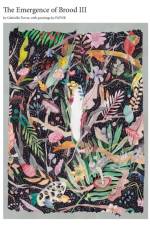av Slavoj Zizek
299,-
This book opens with a provocation by Slavoj ¿i¿ek to cut ourselves off from the decaying corpse of the old Europe in order to keep the European legacy alive . Which is not an attempt to merely cherry-pick good features over bad ones, but an argument that the main reason to stay with the name Europe , to keep a certain faith in Europe , is the fact the that European legacy provides the best critical instruments to analyze what went wrong, has been going awry, in Europe. It is nothing other than a challenge for us to imagine, perhaps even conceive - give birth to in the precise sense of manifest - the possibility of a Europe that acts in a global way that is not focused on Europe. It is followed by a reading of his manifesto by Jeremy Fernando - who performs a reading which tries never to forget that what is being read is a manifesto, has been called, entitled, is named, A European Manifesto . For, names name possibilities. And a manifesto is a text, and like every text, comes with its particularities, its inherent specificities: and, in its case, foregrounds the fact that it manifests itself, shows itself, stages (theoria) itself. Puts itself on a stage whilst fully aware of the fact that it is staging itself. Thus, always also brings with it the question, what is the effect of a manifesto?, alongside its compendium, how does one read a manifesto? Which is not to say that reading is passive, and that the one who reads has nothing to do with what is being read. For, as Paul de Man continues to teach us, not that the act of reading is innocent: far from it. It is the starting point of all evil ; where, reading not only resounds with echoes of the primordial question, rings with potentially unanswerable questions, but might well be a quest that continually writes itself into us. Nor devoid of risk. For in attempting to attend to a text, in opening oneself to the possibilities of a text, one risks the possibility of falling, along with all the potential disasters this entails, in love; that is, of seeing, of being in, the world no longer from the perspective of the One but from the perspective of Two (Alain Badiou). That in reading, not only is one bringing forth certain potentials of and in a text, but that one opens oneself to the text writing itself onto oneself, manifesting itself in one's very self. And where there is the possibility that an attempt to read Europe , even as one might be trying to be as critical of it as possible, even if one is maintaining a distance from it, keeping a gap from what one has named Europe , in reading one has opened oneself to being called by Europe - summoned by spectres of a Europe that we might not even think, realise, imagine, we are reading - being shaped by Europe into becoming European , whatever that may even begin to mean...

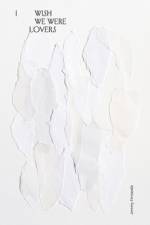
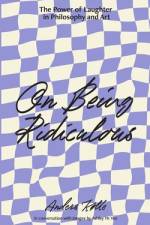
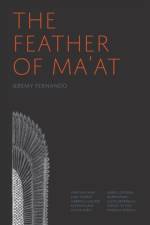
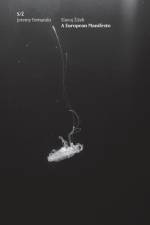

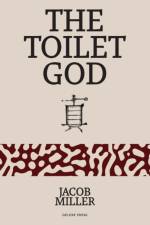
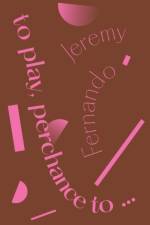
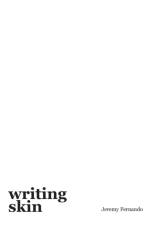
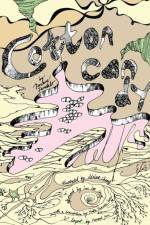
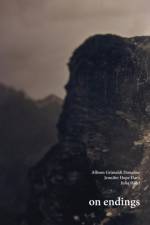
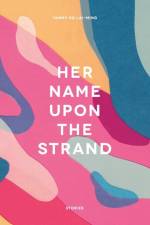
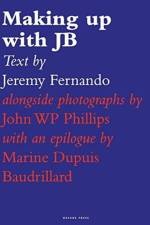
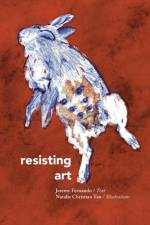
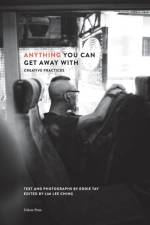
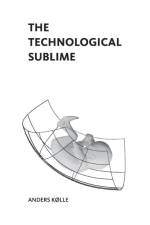
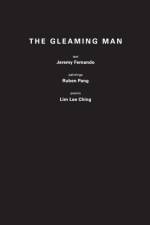

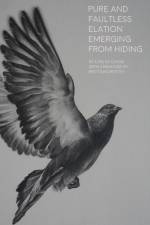

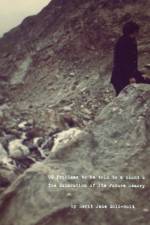
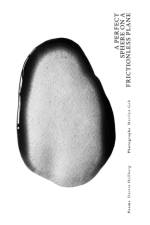
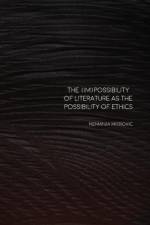
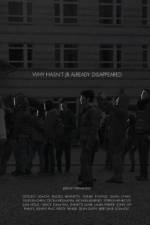
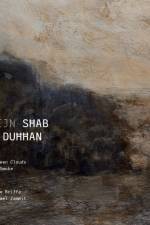
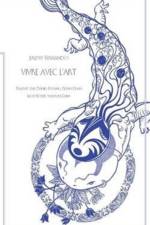
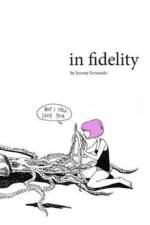
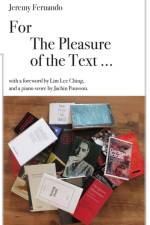
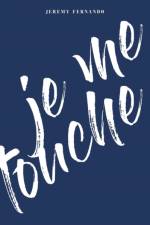
![[or, the whale] af Juli Crockett](https://cdnbackdoor.tales.as/thumbnail/150x225/00086/26978/cover.1537808710.jpg)
